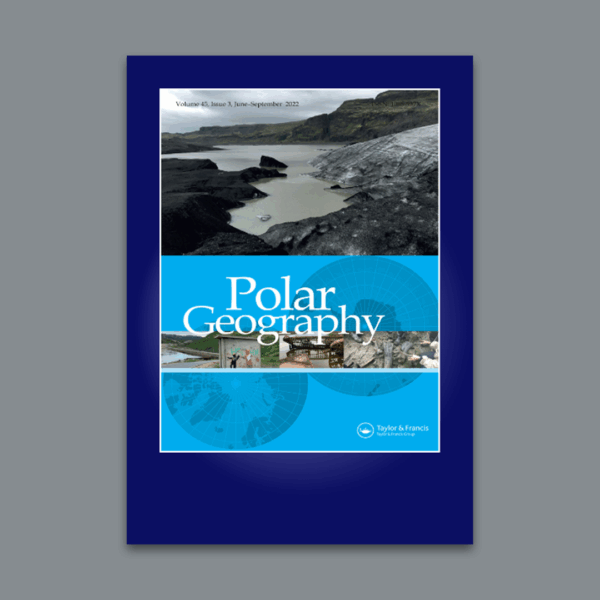Aug 11, 2022: Article by Olga Povoroznyuk et al. in “Arctic Science”
Interdisciplinary review article on social and environmental consequences of roads and railways led by Olga Povoroznyuk with contributions from W. Vincent, P. Schweitzer and a few other Arctic scholars is now accessible online in the Canadian journal Arctic Science https://cdnsciencepub.com/doi/full/10.1139/as-2021-0033
The article features six Arctic case studies and is a result of collaboration between social and natural scientists and discussions within the RATIC research network https://www.geobotany.uaf.edu/ratic/ and at special joint events at Arctic Change conference and Arctic Science Summit Week.

News
Dec 2025: Forthcoming Special Issue of the Journal of Contemporary Ethnography
The forthcoming special issue “Ethnographies of Infrastructure” of the Journal of Contemporary Ethnography, guest edited by Philipp Budka, Peter Schweitzer, and Olga Povoroznyuk, is progressively being made available online ahead of the print edition, which will appear in February 2026. The introduction, authored by Schweitzer, Povoroznyuk, and Budka, is now available open-access. It presents the […]

News
Dec 2025: Article by Katrin Schmid in the Journal of Contemporary Ethnography
The Journal of Contemporary Ethnography has published the article “Amazon in the Arctic: E-Commerce, Infrastructure, and Alimentary Assemblages in Nunavut, Canada” by InfraNorth researcher Katrin Schmid. Since establishing a delivery hub in Iqaluit, Nunavut in 2020, Amazon.com, Inc. has become an essential resource for many Nunavut residents, providing affordable access to goods otherwise constrained by […]

News
Dec 2025: Article by Olga Povoroznyuk in the Journal of Contemporary Ethnography
The Journal of Contemporary Ethnography recently published the article “Toward a Comparative Ethnography of Arctic Seaports Projects: Local Impacts of Expanding Maritime Infrastructure in Alaska, Norway, and Russia” by InfraNorth researcher Olga Povoroznyuk. In this article, the author’s comparative ethnography focuses on suspended seaport expansion projects in three Arctic coastal communities: Nome (USA), Kirkenes (Norway), […]



